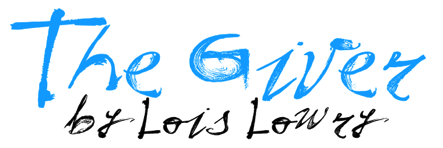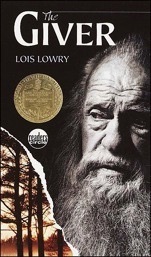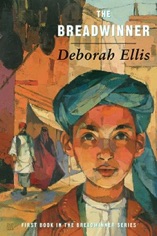Language Arts Resources Grade 6 Alberta

LANGUAGE ARTS


Part of our routine in Grade 6 includes working on our grammar skills. Knowing the rules of our language is an important skill. This includes punctuation, capitals, commas, tenses and so many things. It’s not an easy thing but once you practise it enough, you will be doing “that grammar stuff” without even knowing!

Get that pen ready and warm up that creative brain... It’s time to turn those personal experiences and shenanigans into story ideas. We will start by using picture books to help us break down the parts of fiction stories.
• Good beginnings, middles and ends
• How to create a problem and an exciting solution
• Creating exciting characters and settings
• Using strong, descriptive and juicy language
• How to build in dialogue between characters
Don’t forget about C.O.P.S. and The Jail...


We will focus on:

"It was almost December, and Jonas was beginning to be frightened."
Thus opens this haunting novel in which a boy inhabits a seemingly ideal world: a world without conflict, poverty, unemployment, divorce, injustice, or inequality. It is a time in which family values are paramount, teenage rebellion is unheard of, and even good manners are a way of life.
We will be doing a novel study on Lois Lowry’s “The Giver” and will be responding and journaling to what we read about the mysterious community that Jonas lives in. How can a place that sounds so perfect be so full of dark secrets? Who and what is the Giver? What will Jonas’ selection be? As we read along we will hopefully be answering most of these questions. We will record our questions in our Reading Response Journals based on the Six Reading Responses.
As we finish each chapter, we will be answering questions that help us better understand the book:


We have begun taking a look at how newspaper articles are written and organized. Newspaper articles are organized in the format explained below. They contain a headline, byline, dateline, lead paragraph, less important details and then the least important details. Many articles will also have statistics, quotes, images, contact information as well as any other relevant information that was found while investigating and researching the topic.
Headline - The summary of the main idea in the article. This grabs the readers attention and makes the reader interested in the rest of the article.
Byline - Where the name of the reporter or news service is found.
Dateline - Tells us when the story was written.
Lead Paragraph - Tells us the most important facts of the story using the 5 W’s [who, what, where, when, why] and How. This information pulls the reader deeper into the story.
Less Important Facts - Gives us more facts using greater detail about the 5 W’s and How.
Least Important Facts - Where even more information is found about the 5 W’s and How. These added details and facts are what fill up the article but are not critical to understanding the main idea.
headline
byline
dateline
lead paragraph
less important details
least important details
Newspaper Article Breakdown


Eleven-year-old Parvana lives with her family in one room of a bombed-out apartment building in Kabul, Afghanistan's capital city. Parvana's father -- a history teacher until his school was bombed and his health destroyed -- works from a blanket on the ground in the marketplace, reading letters for people who cannot read or write. One day, he is arrested for the crime of having a foreign education, and the family is left without someone who can earn money or even shop for food.
As conditions for the family grow desperate, only one solution emerges. Forbidden to earn money as a girl, Parvana must transform herself into a boy, and become the breadwinner.
“
”

The Breadwinner, by Deborah Ellis, is a novel about loyalty, survival, families and friendship under extraordinary circumstances. In 1996 Deborah Lewis read about the plight of Afghan women. She was particularly struck by the story of a young girl who cut off her hair and disguised herself as a boy so she could earn money to support her family. This spawned the Breadwinner series of which we will be reading the first book.
As we read the novel, we will be reflecting on and discussing the various social, cultural and political issues it raises through the use of our Reflection Journal. We will record these thoughts and questions through the Six Reading Responses. In addition, after each chapter we will answer the following questions.